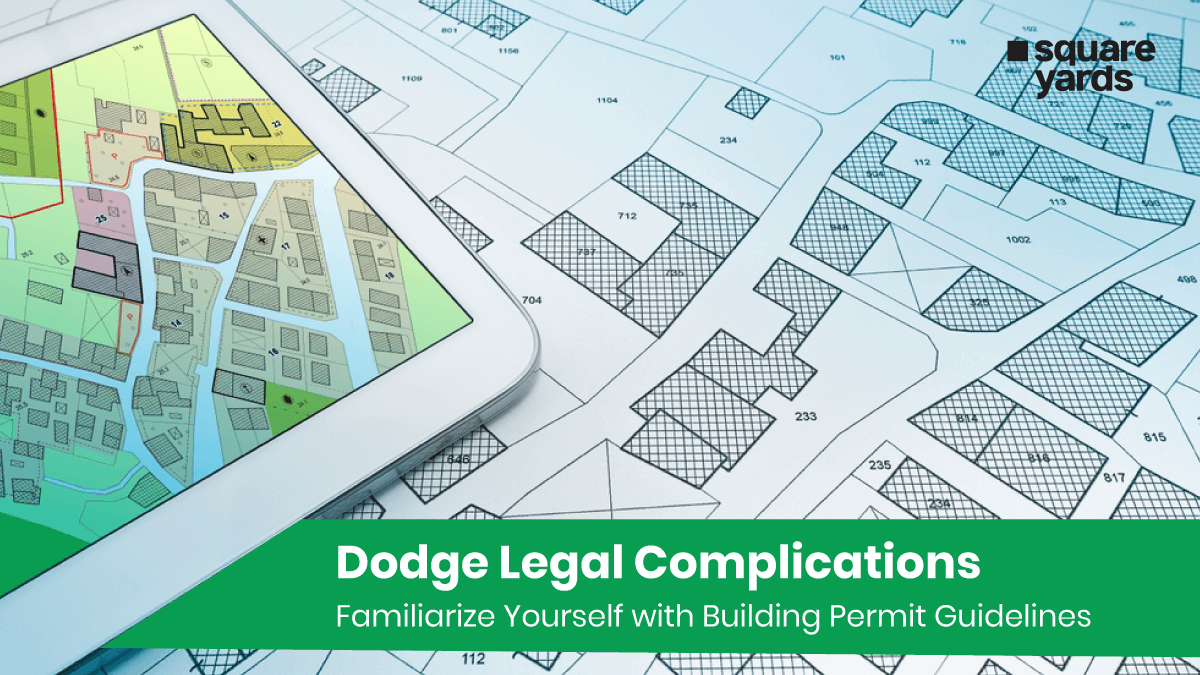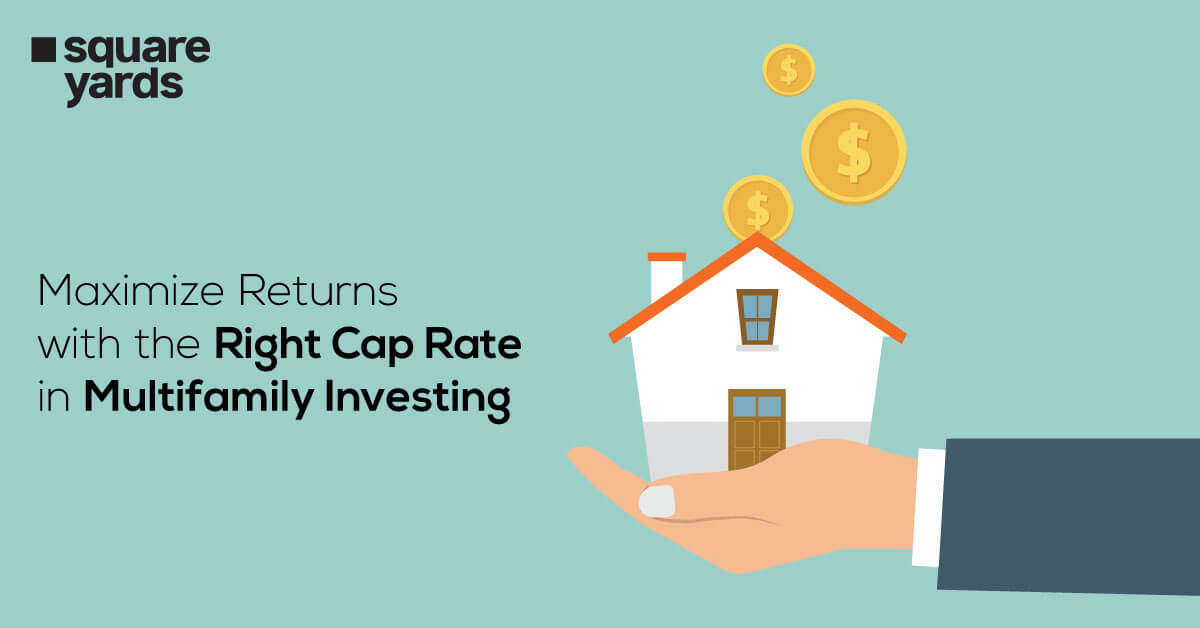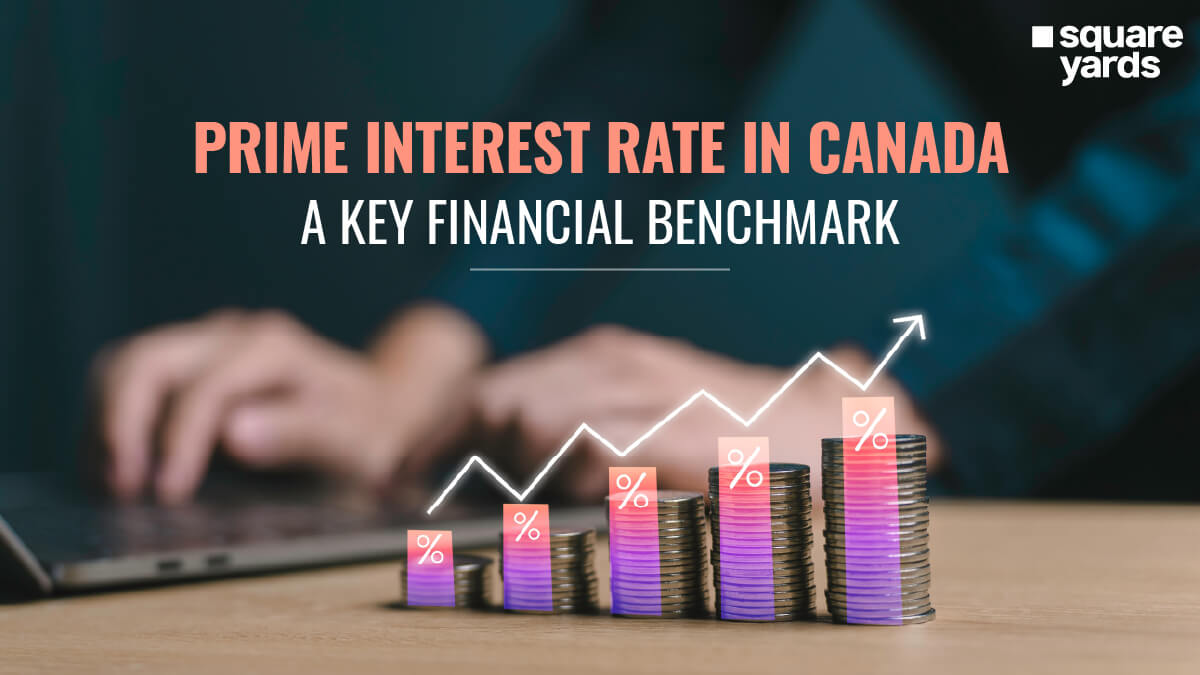As the name explains, how to invest in REITs Real Estate Investment Trust can be understood as an investment organisation that invests in properties and operates them to generate a profit. Their primary objective is to create a diversified portfolio to potentially earn higher returns/low risk. People who prefer a better alternative to bonds or stocks opt for REITs. They specialised in generating dividends alongside their capital investments.
Their business model works similarly to mutual funds, receiving capital from various investors and offering them capital returns and dividends without letting them invest in properties directly. Through this, the investors feel more secure and encounter less risk over their investment. Most Canadian REITs companies are traded in stocks, allowing them to be more liquid. Their primary investment approach fits into buildings, apartments, hotels, data centres, offices, medical stations, warehouses and retail centres. Popular and reputed REITs list themselves on exchanges where investors can directly invest in them by purchasing their shares. They trade under a certain value, which also helps investors in liquidity.
How to Qualify As REIT

To become a REIT, the company’s management has to agree on several provisions under (Internal Revenue Code). It includes presenting the generated income on real estate for the long-term and distributing it to shareholders. Companies have to comply with these requirements to be acceptable as REITs.
Most Canadian REITs work on a simple business model. They lease the property and receive the rent. The profit they earn from leases has to be distributed to shareholders. Additionally, a company must follow these requirements to be registered as a REIT. They have to fall under Canadian law. REIT has to make a minimum of 75% of asset investment in real estate (such as residential, commercial, and healthcare property).
Types of Real Estate Investment Trust

Doubtful or concerned people about REITs can make individual company investments through mutual funds or trading on exchanges. Investing in reliable REITs will offer you a diversified portfolio with low risk but verify their historical performance before investing. Most REITs specify their focused investment sectors such as health, hotel, residential and retail.
There are various REITs available for investors to quickly get a better idea of how to invest in REITs.
-
Residential REITs
The residential Real Estate Investment Trust invests in several multi-apartments and operates them. Before investing in any of these kinds of REITs, one should have a decent understanding of them. ethically a location with minimal residential buildings has the best apartment value. In Canada, Vancouver and Toronto have high rents due to the high property costs. Hence, the majority of REITs keep their eyes on prestigious urban stations. when investing in Residential REITs, consider job growth and the population. It is because if there’s massive footfall in the city it will ensure jobs and a better economy.
-
Commercial REITs

Commercial REITs also fall under real estate investments with significant commercial property expertise. Their primary purpose is to offer workspace for hotels, convenience stores, manufacturing buildings etc. Using investor’s contributed funds they choose and buy commercial properties that they feel are worthy investments. Using investor’s funds to purchase commercial properties offers them the freedom to buy properties without using their own money in the first place. additionally, investors who seek a higher ROI prefer to invest in commercial REITs rather than residential REITs.
-
Retail REITs
The REIT invests nearly 24% of its funds in freestanding retail and shopping malls. No doubt they will turn out to be one of the biggest investments. Unlike residential and commercial, the retail industry is somewhat different. Investors must observe the financials and other factors before entering into retail REITs. Since retail REITs earn profit through rent, they have to ensure retailers are paying on time. if any retailer falls under poor cash flow and low sales, they might default on the rental payment, forcing the firm to fall into bankruptcy. In this situation, firm management has to find new tenants to fill the missing gap. So always check the financials, balance sheet, and debt ratio when investing in retail REITs.
-
Office REITs

Buying or investing in skyscrapers for office buildings/parks is the primary goal of office REITs. They start by signing long-term contracts with firms and receiving rent from them. They also have a special quota for specific markets, which they feel could be excellent investment opportunities. From suburban areas to central business districts, office REITs are wrapped in excellent biotech and government agencies. investing in office REITs benefits from guaranteed dividends and tax benefits. Indeed, REITs have to go through several legal procedures for guaranteed dividend offers, but they have additional tax benefits that other sectors don’t. As long as the company keeps generating profit, it’ll have to distribute 90% of revenue dividends to investors.
-
Healthcare REITs

For Canadian REITs, the healthcare sector is currently in the limelight. Healthcare REITs’ selective options are investing in medical stations, hospitals, retirement homes, and nursing facilities. The demand in the healthcare sector is increasing as the ageing population grows. Plus, the operators in this sector earn through occupancy fees, Medicaid reimbursements, and medicare. So as long as know-how and where Healthcare REITs have invested and diversified the property, it’s a low-risk investment for you. if you don’t know how to invest in REITs, you can start by creating your brokerage account. There are a couple of healthcare REITs listed on the Toronto Stock Exchange. You can study them to check their finances. Companies with low debt ratios tend to generate more profit and pay more dividends to their investors.
-
Industrial REITs
Similar to retail REITs, industrial REITs purchase and manage properties. They mainly invest in storage, production houses, and distribution of goods. In this sector, REITs have to spend up to 90% of their shareholders’ revenue on dividends. People can easily become industrial REIT shareholders by purchasing their shares if they are listed on public exchanges. With attractive returns, industrial REITs attract many investors to invest in their businesses. one of the primary reasons behind offering attractive dividends to investors is the rapid growth of the e-commerce business. As the number of online shopping customers increases, companies are setting up their distribution centres and warehouses in urban areas.
-
Mortgage REITs

Among all REIT investments, nearly 10% of their investments fall under mortgages. Even if a lot of REITs are investing in mortgages rather than equity, they’re still under some risk. Increasing interest rates can heavily imagine the book value of REIT, which can eventually drop the share prices. Canadian REITs receive most of their earnings through secured and unsecured debt. If interest rates hike, it will affect the portfolio, which will reduce the portfolio of loans’ value.
How to Invest in REITs

As mentioned above, if you’re interested in investing in any real estate investment trust, you should try it on the public exchanges of Canada. Before starting your investing journey, you must have a brokerage account where you can watch every listed Canadian REIT. Opening a brokerage account will ask for your valid ID proof, contact details, and some personal details. You’ll also have to mention your occupation and source of income, along with your investing experience. a brokerage account will allow you to watch the company’s charts, profit and loss, balance sheet, company growth and more. Once you decide to invest in a REIT, you can make a purchase order.
You May Also Read
| Rental Property Investment | Real Estate Investor Salary |
| Investment Property | Real Estate Mortgage Process |
Frequently Asked Question (FAQs)
Right now, a total of 34 Canadian REITs are trading on the Toronto Stock Exchange (TSX).
REITs provide investment benefits such as transparency, liquidity, portfolio diversification, beating inflation, and dividend-based income.
You can measure REIT's earnings by checking its price-to-earnings (PE) and earnings-per-share (EPS).
REIT was created by Congress in 1966 to enable investors to invest at a large level.
It's an individual choice, but REITs are for the long-term and should be held for at least 10 years. How many REITs are there?
What is the major benefit of REITs?
How do REITs measure earnings?
Why were REITs created?
How long do you have to hold a REIT?



































